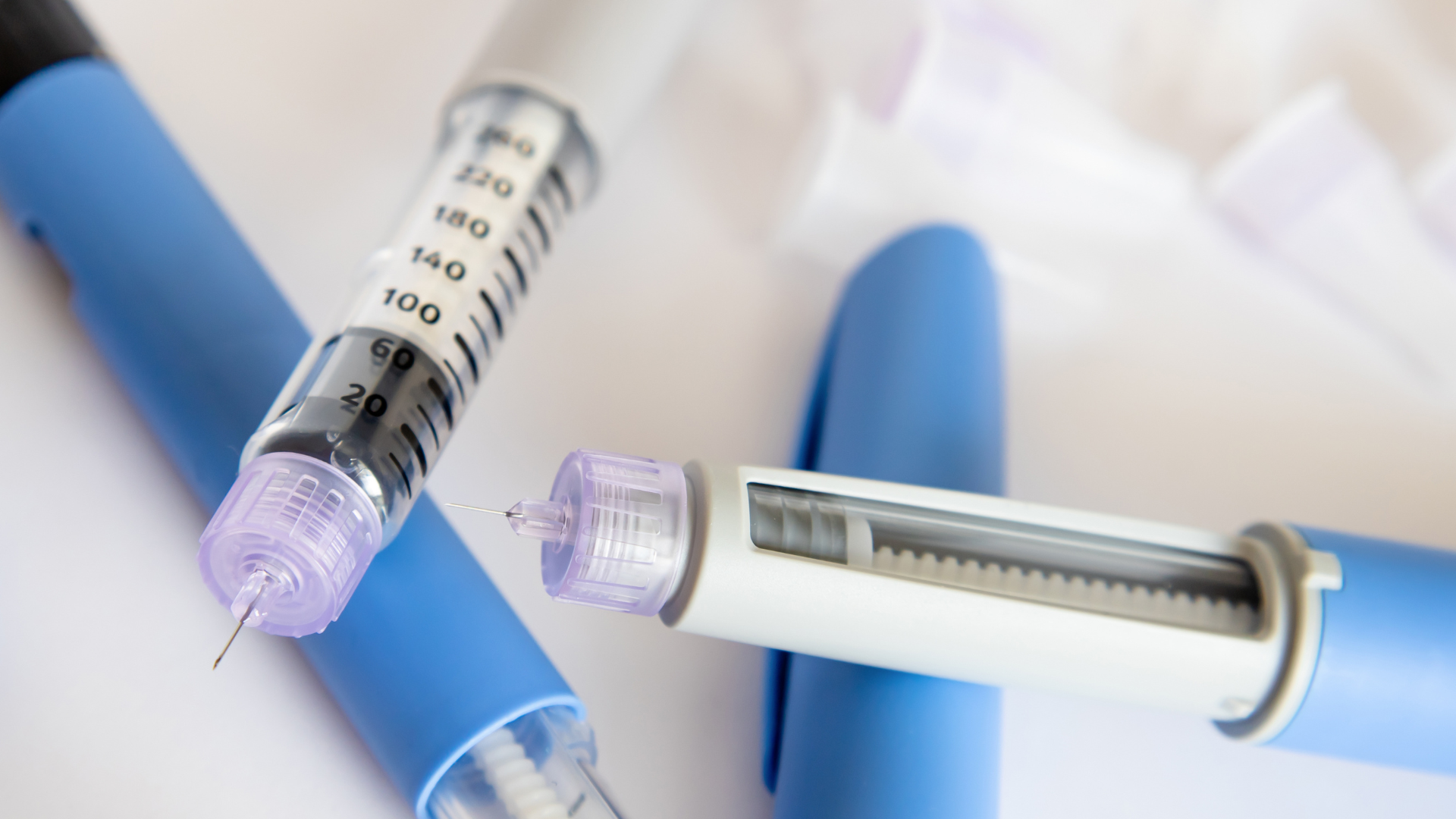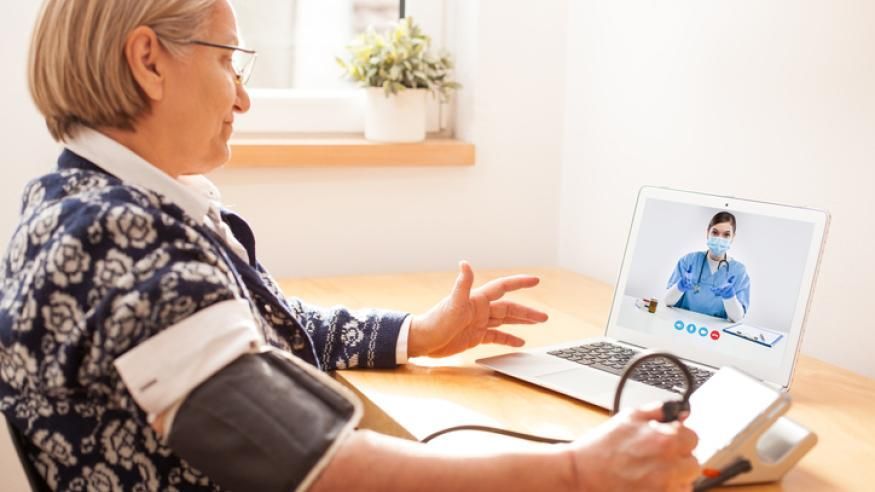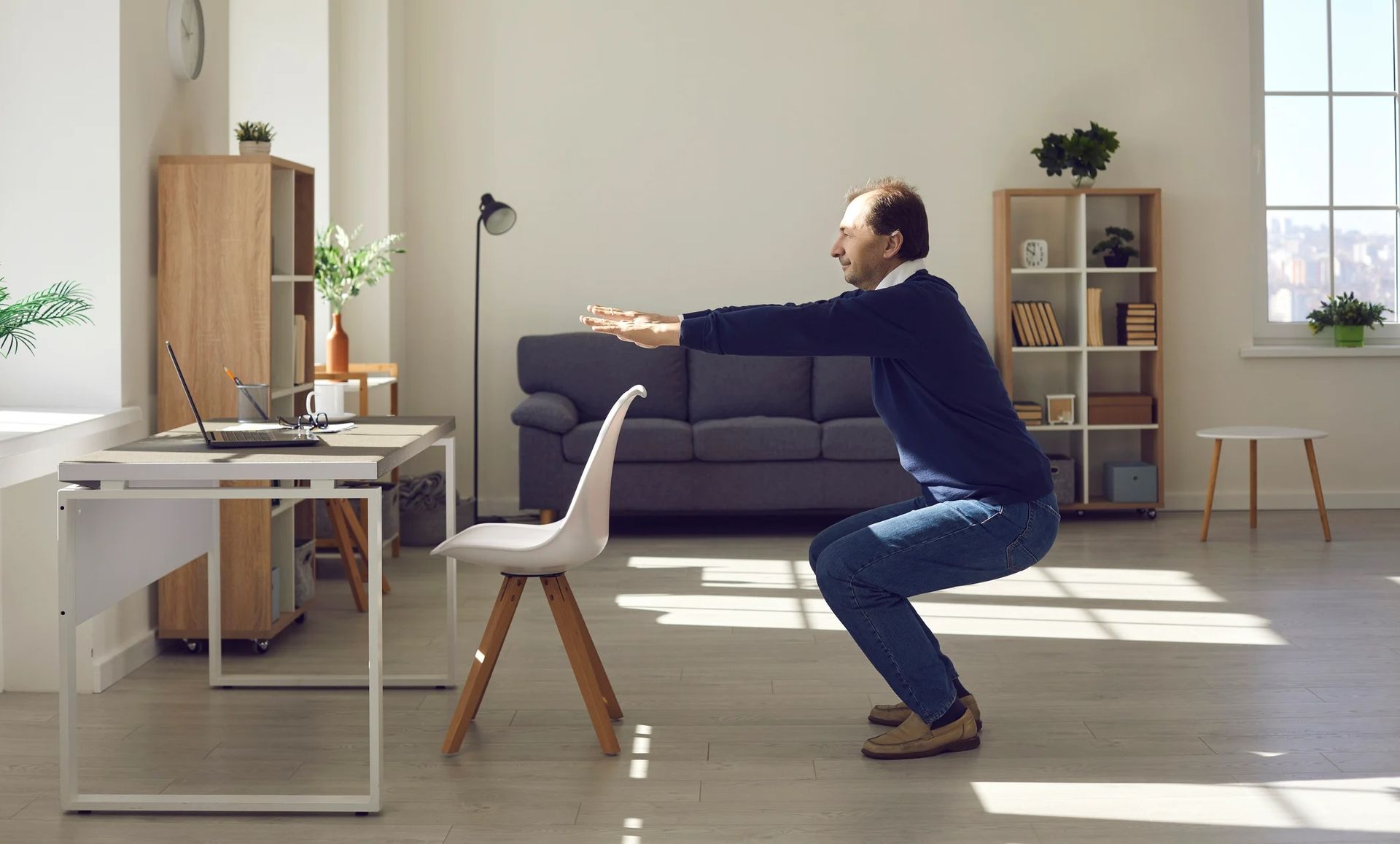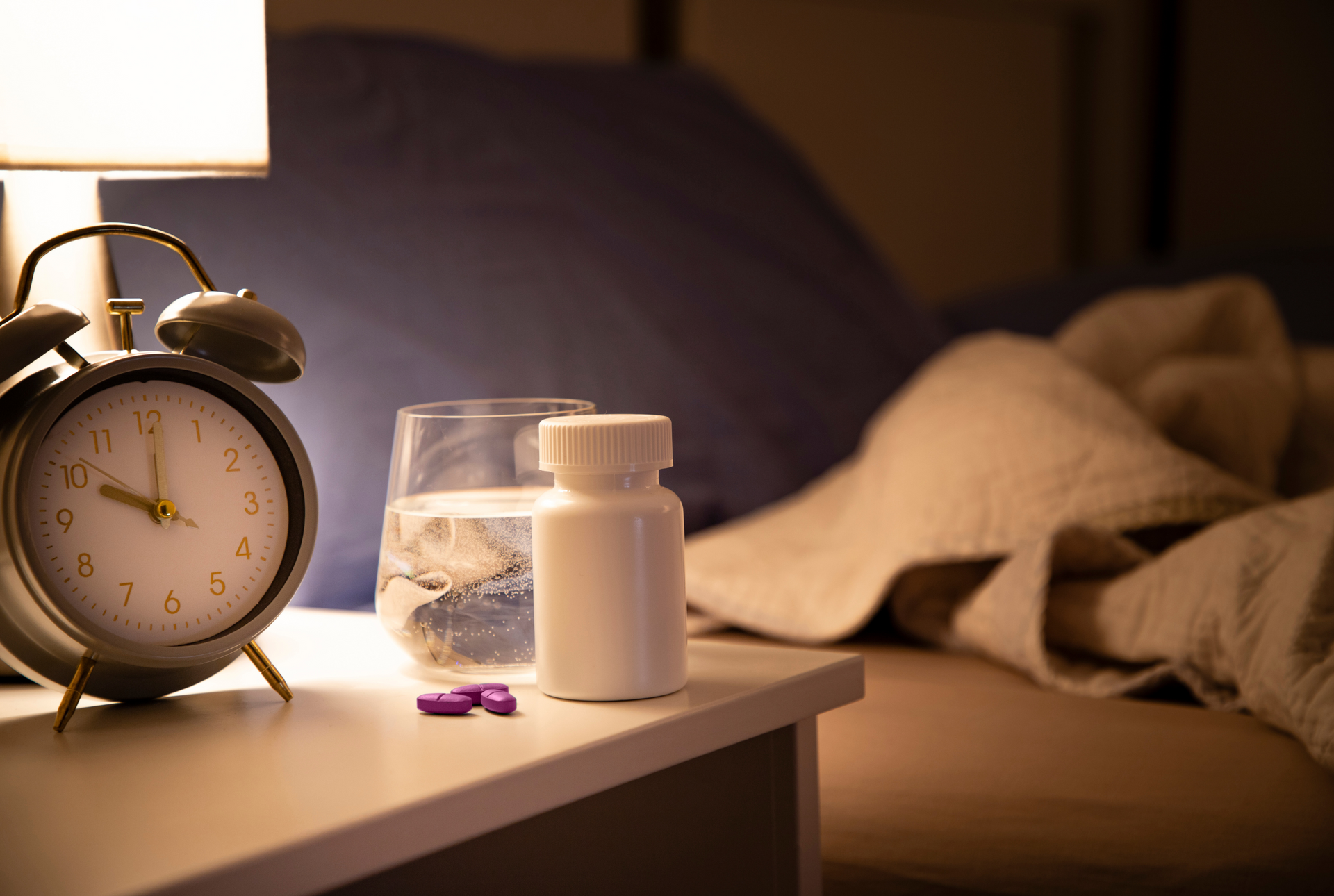Diabetes Fast Food Guide: What to Order at Burger King
Ever wondered how to survive the drive-thru with diabetes? In our ongoing series, a dietitian and diabetes educator walks through the best things to order at top fast food chains. This week we’re off to see if we can truly have Burger King our way.
Burger King has long been known for its iconic Whopper and other flame-grilled hamburgers, and over time, it’s also become famous for a diverse set of menu offerings that range from onion rings to chicken fries.
But as with many fast food chains, much of Burger King’s food and drink menu is heavy on carbohydrate and fat content, which can make dining at Burger King particularly challenging for anyone who is living with diabetes.
For some advice on navigating Burger King’s drive-thru menu without having to weather severe blood sugar swings, we turned to Kim Rose, a Florida-based registered dietitian and diabetes educator who offered suggestions for dietitian-approved options that are blood sugar-friendly yet still guaranteed to satisfy any BK hankering.
A registered dietitian’s general tips for dining at Burger King
Burger King takes its “Have It Your Way” slogan seriously: In fact, the chain recently claimed that the flame-grilled Whopper alone currently offers more than 200,000 possible customized combinations.
Rose urged customers to use this flexibility to their advantage when ordering off the chain’s burger- and sandwich-heavy menu by requesting a grilled chicken sandwich or a burger without the bun to further reduce carbohydrate intake and better manage blood sugar levels. She also shared a few more broad pointers to keep in mind.
Seek healthier side dishes
While it’s so tempting to choose fries or onion rings, opting to add any fruit or vegetables to your meal will make a world of difference in managing blood glucose levels. Any fresh produce will add nutritional value to your meal, whether it’s a plain garden salad or apple slices.
“According to the Institute of Medicine, women need 25 grams of fiber daily, and men need 38 grams daily,” Rose said. “Pairing a side salad with your favorite entrée is one way to increase your fiber intake. As a non-digestible carbohydrate, fiber increases satiety, may help blood sugar regulation, and assists with bowel regularity.”
Make smart condiment choices
“Sauces are an excellent way to liven up any entrée or side dish,” Rose said.
Skip toppings such as cheese, bacon, sour cream, and creamy dressings like mayonnaise or Burger King’s special King sauce, she recommended, and replace them with lighter options that are just as flavorful, such as yellow mustard or vinegar-based dressings.
Remember the impact of beverages on blood sugar, too
Even if you make a point to order sugar-free beverages – the best choice if you’re choosing flavored drinks – it’s important to double-check and ensure that they are indeed sugar-free and not regular. While this tip may seem obvious, the mere act of proactively taking the time to double-check that your drink doesn’t contain sugar could potentially save you from hours of riding the blood sugar roller coaster.
Top diabetes-friendly Burger King menu items
In addition to the recommendations below, Rose advised those with diabetes to pay attention to portion sizes to avoid excess carb and calorie intake. This is particularly important if you’re considering a dessert; if this is the case, consider ordering a smaller-sized burger or selecting a kid’s meal option to keep overall portions and carbohydrates under control.
Egg & Cheese Croissan'wich
Burger King's Egg & Cheese Croissan'wich is a better breakfast pick for blood sugar management.
“The Egg & Cheese Croissan'wich is a quick grab-and-go, carb-conscious option for those mornings you don't have time to cook,” Rose said. And with 15 grams of protein, it’s enough to keep you full all morning.
Egg & Cheese Croissan'wich: 372 calories, 21.5g fat, 31g carbohydrate, 1g fiber, 4.5g sugar, 15g protein, 874 mg sodium
Hamburger
Burger King's original hamburger turns out to be a pretty safe pick, especially if you request it without a bun.
For lunch or dinner, Rose suggests Burger King’s hamburger. While it’s no longer on the nationwide menu, if you can find the Big King – a burger similar to the Whopper but with a second beef patty – it’s another good option as well, as long as you remember to ask for it without sauce.
“For more protein, the Big King is another wise option,” Rose said. “It has 32 grams of carbs and 26 grams of protein, which is sure to fill you up for longer.”
In addition to requesting burgers without buns to reduce the carbohydrate load, Rose suggests also adding extra lettuce, tomatoes, c, and pickles for a bit more substance without too many more calories.
Hamburger: 250 calories, 10g fat, 29g carbohydrate, 1g fiber, 7g sugar, 13g protein, 560 mg sodium
Big King: 492 calories, 30g fat, 32g carbohydrate, 2.5g fiber, 8g sugar, 26g protein, 1499 mg sodium
8 Piece Chicken Fries
Burger King's 8 Piece Chicken Fries are a more diabetes-friendly replacement for regular French fries.
French fries make a natural pairing for any sandwich or burger, but a large serving of Burger King French fries contains 64 grams of spiky carbs. To satisfy that craving for something fried and snacky, Rose suggests considering Burger King’s chicken fries – crispy fried chicken strips in the shape of french fries – as a healthier option.
8 Piece Chicken Fries: Calories 220, 12g fat, 16g carbohydrates, 1g fiber, 0g sugar, 13g protein, 680 mg sodium
Mott’s Applesauce
Mott's applesauce, which contains no added sugar, is another dietitian-recommended pick.
The applesauce offered at Burger King contains nothing artificial or processed, so it’s also a top side dish pick for Rose: “It contains 13 grams of carbs, no added sugar, no cholesterol, and no fat,” she noted.
Applesauce: 50 calories, 0g fat, 13g carbohydrates, 1g fiber, 11g sugar, 0g protein, 0 mg sodium

Soft Serve Cup
Burger King's Soft Serve Cup is the chain's most carb-friendly dessert option.
Rose notes that if you want to cap your meal off with something sweet, it’s important to be choosy, since nutritional content can cover a wide spectrum.
“Dessert options at Burger King contain anywhere from an acceptable 28 grams to a whopping 115 grams of carbs,” Rose said.
“If you want to enjoy a sweet treat but keep your carb count in mind, the Soft Serve Cup is the best option,”she said, adding: “It can be a sweet and creamy addition containing 4 grams of protein.”
Soft Serve Cup: 180 calories, 5g fat, 28g carbohydrates, 0g fiber, 22g sugar, 4g protein, 150 mg sodium
Healthy Bites















